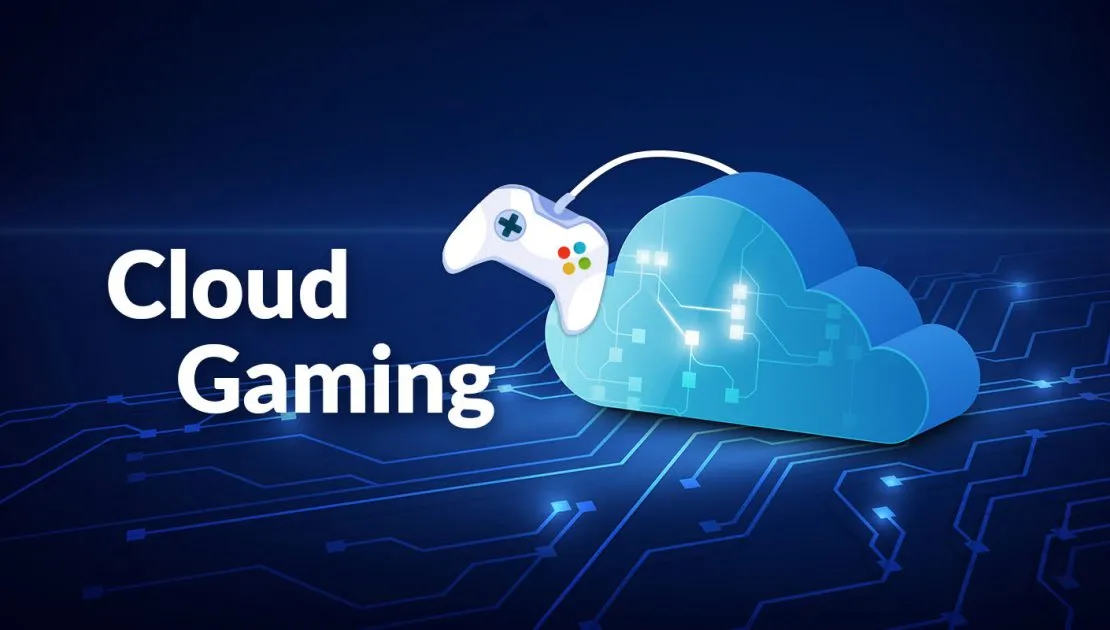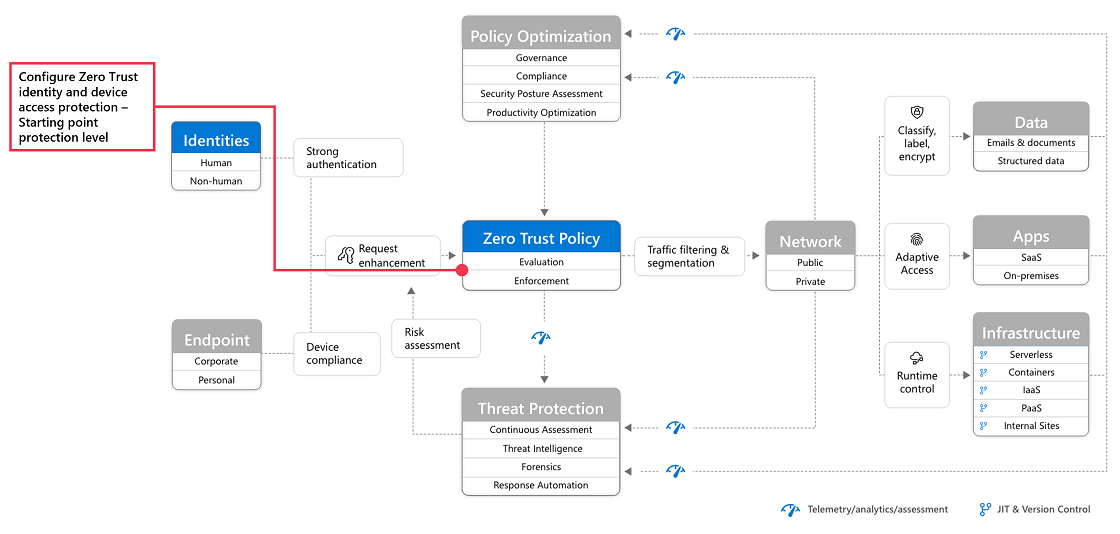The world of gaming is on the cusp of a transformative era, with technological innovations steering the industry toward new horizons. Cloud gaming stands out as a revolutionary force, but its impact is just the tip of the iceberg. In this article, we delve into the future of gaming, exploring the implications of cloud gaming and other technological advancements that promise to reshape the gaming landscape.
**1. The Rise of Cloud Gaming
1.1 Definition and Concept
Cloud gaming, also known as game streaming, involves playing video games remotely via a cloud service. Instead of relying on local hardware, players access and interact with games over the internet, streaming content in real-time. This eliminates the need for high-end gaming hardware, opening up gaming experiences to a broader audience.
1.2 Accessibility and Convenience
One of the primary advantages of cloud gaming is its accessibility. Players can enjoy high-quality gaming experiences on a variety of devices, including smartphones, tablets, and low-spec computers. This accessibility is particularly appealing to casual gamers who may not invest in dedicated gaming consoles or PCs.
1.3 Overcoming Hardware Limitations
Cloud gaming removes the constraints of hardware limitations. The heavy lifting, including rendering graphics and processing game logic, is handled by powerful servers in data centers. This allows games to be played at high resolutions and frame rates, even on devices with modest specifications.
**2. Technological Advancements Beyond Cloud Gaming
2.1 Integration of Augmented Reality (AR) and Virtual Reality (VR)
The integration of AR and VR technologies is poised to enhance gaming experiences. AR can overlay digital elements onto the real world, creating immersive environments for players. VR, on the other hand, transports players into entirely virtual worlds, providing a level of immersion previously unseen in gaming.
2.2 Artificial Intelligence (AI) in Game Development
AI is playing an increasingly prominent role in game development. AI-driven algorithms enhance non-player character (NPC) behavior, adapt gameplay based on player preferences, and contribute to more realistic and dynamic gaming experiences. Procedural generation powered by AI can also create vast and diverse game worlds.
2.3 Blockchain Technology and In-Game Economies
Blockchain technology is influencing in-game economies, enabling the creation of unique, tradable digital assets. Non-fungible tokens (NFTs) in gaming allow players to own and trade in-game items, characters, and assets securely. This introduces a new dimension to virtual economies and player ownership.
2.4 High Frame Rate and Realistic Graphics
Advancements in hardware capabilities continue to drive improvements in graphics and frame rates. High frame rate gaming, often exceeding 60 frames per second, enhances visual fluidity and responsiveness. Realistic graphics, including ray tracing and advanced lighting effects, contribute to more visually stunning and immersive gaming environments.
**3. Challenges and Opportunities in the Future of Gaming
3.1 Connectivity and Latency Concerns in Cloud Gaming
While cloud gaming offers accessibility, concerns about internet connectivity and latency persist. Players in regions with slower internet speeds may experience delays and lag, impacting the overall gaming experience. Improvements in infrastructure are essential to address these challenges.
3.2 Balancing Innovation with Affordability
As gaming technology advances, the cost of gaming hardware and subscriptions to services like cloud gaming may rise. Balancing innovation with affordability is crucial to ensure that a diverse audience can participate in the evolving gaming landscape.
**4. Future Trends and Possibilities
4.1 Expansion of Cross-Platform Gaming
The future of gaming is likely to witness an expansion of cross-platform gaming, allowing players to seamlessly transition between different devices while maintaining a consistent gaming experience. This trend promotes inclusivity and flexibility in gaming.
4.2 Emergence of Cloud-Based Gaming Ecosystems
Cloud-based gaming ecosystems are poised to become more prevalent. These ecosystems may offer subscription services, combining access to a library of games with additional perks such as exclusive content, collaborative gaming features, and social interactions.
4.3 Continued Fusion of Entertainment and Gaming
The lines between gaming and other forms of entertainment are expected to blur further. Collaborations between the gaming industry and other entertainment sectors, such as film and music, may lead to innovative and immersive experiences that transcend traditional boundaries.
**5. Conclusion
The future of gaming is a captivating journey into uncharted territories, driven by technological innovations that promise to redefine the gaming experience. From the accessibility of cloud gaming to the immersive possibilities of AR, VR, and AI, the gaming landscape is evolving at an unprecedented pace. Challenges exist, but the opportunities for a more inclusive, dynamic, and interconnected gaming future are vast. As technology continues to push the boundaries of what is possible, gamers can anticipate a future where the lines between reality and the virtual realm blur, offering experiences that captivate, inspire, and push the limits of imagination. The future of gaming is not just a destination; it’s an ongoing evolution that invites players to embark on new adventures, both within and beyond the confines of the gaming screen.















